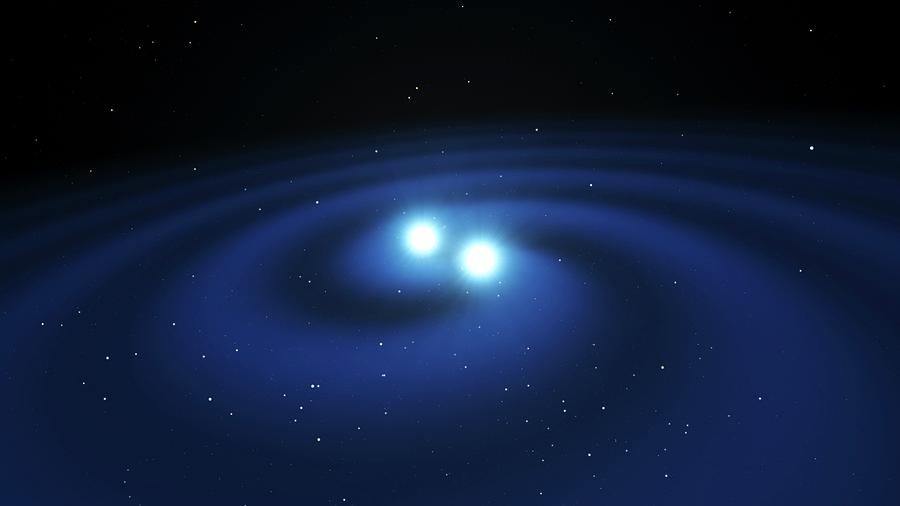Scientists continue to study the gravitational waves that are generated before two neutron stars merge into a single black hole. This helps to better understand the close pairs of these objects and study their properties.

Study of binary neutron stars
A better understanding of the inner workings of neutron stars will lead to a better understanding of the dynamics underlying the universe’s functioning and could also help develop future technologies, according to Nicolas Yunes, professor of physics at the University of Illinois at Urbana-Champaign. A new study led by Yunes describes in detail how new insights into how dissipative tidal forces in double (or binary) neutron star systems affect our understanding of the Universe.
“Neutron stars are the collapsed cores of stars and densest stable material objects in the universe, much denser and colder than conditions that particle colliders can even create,” says Yunes, who is also the founding director of the Illinois Center for Advanced Study of the Universe (ICASU). “The mere existence of neutron stars tells us that there are unseen properties related to astrophysics, gravitational physics and nuclear physics that play a critical role in the inner workings of our universe.”
However, many of these previously undetectable properties began to be observed with the discovery of gravitational waves.
Gravitational waves and neutron stars
“The properties of neutron stars imprint onto the gravitational waves they emit. These waves then travel millions of light-years through space to detectors on Earth, like the advanced European Laser Interferometer Gravitational-Wave Observatory and the Virgo Collaboration,” Yunes said. “By detecting and analyzing the waves, we can infer the properties of neutron stars and learn about their internal composition and the physics at play in their extreme environments.”
As a gravitational physicist, Yunes was interested in determining how gravitational waves encoded information about the tidal forces that distorted the shape of neutron stars and affected their orbital motion. This information could also tell physicists more about the dynamic material properties of stars, such as internal friction or viscosity, “which might give us insight into out-of-equilibrium physical processes that result in the net transfer of energy into or out of a system,” Yunes said.
What do gravitational waves tell us?
Using data from a gravitational wave identified as GW170817, Yunes, along with Illinois researchers Justin Ripley, Abhishek Hegade and Rohit Chandramouli, applied computer simulations, analytical models, and sophisticated data analysis algorithms to verify that out-of-equilibrium tidal forces in binary neutron star systems can be detected using gravitational waves. The GW170817 event was not loud enough to directly measure viscosity, but Yunes’s team was able to set the first observational constraints on how large the viscosity inside neutron stars can be.
“This is an important advance, particularly for ICASU and the U. of I.,” Yunes said. “In the ’70s, ’80s and ’90s, Illinois pioneered many of the leading theories behind nuclear physics, particularly those connected to neutron stars. This legacy can continue with access to data from the advanced LIGO and Virgo detectors, the collaborations made possible through ICASU and the decades of nuclear physics expertise already in place here.”
According to phys.org


